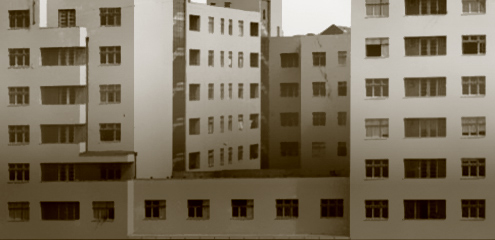"Panský dům" v Týnci nad Labem: vzestupy a úpadky jednoho domu
"Noble House" in Týnec nad Labem. The History of the Rises and Falls of a House
Author(s): Michael RyklSubject(s): History, Archaeology, Architecture, Local History / Microhistory, Modern Age, Rural and urban sociology
Published by: Historický ústav SAV
Keywords: maison;town house;tectonic historical exploration;interdisciplinary exploration of historical buildings;social rise and fall and their reflection in architecture;General von Melas
Summary/Abstract: The study of small-town houses is not a very common topic among researchers. The analysis of the development of the historical house "Panský dom" (literally house of nobility) in the town of Týnec nad Labem has been highly informative. The aim of the article is to show the individual development phases of house construction according to research into material and written sources. Reconstructions, the building use, as well as individual structural changes can be analysed from the late Middle Ages to the 20th century.On the basis of the research performed, it can be stated that the use and purpose of the building changed with each new owner, related to his social status (suzerain house; inn; house of reeve and aristocratic officers; uninhabited; house of a noble with a regular income that led to the construction of a dance hall; semi-agrarian farmers; the transformation to an apartment building and hotel; bakery; etc.). The function of the courtyard also adapted to the desires of the new owner and the quality of life the residents changed accordingly. The quality of life of its residents illustrates the ability to exploit the potential for the house (including loft, farm buildings in the courtyard, etc.), to express the fashion and trends of the particular period. The vision of the owner, the structural possibilities and especially the methods of modification that embody the fashion of the particular period can be appropriately illustrated. Individual structural modifications describe the ambitions and situation of the owners.In this case, it is not a "great" history, but it is a study of the traces of life left in the house that surrounded its owners. At certain points, general history overlaps with the micro-history of "Panský dom" and together they influenced the form of house construction. The research identified several building phases and reconstructions when the modus operandi accurately corresponded with the social status of the owners. The informative value grows from the early periods to the later periods, in proportion with the number of written sources, as well as the material source – the house itself.
Journal: Forum Historiae. Časopis a portál pre históriu a príbuzné spoločenské vedy
- Issue Year: 10/2016
- Issue No: 2
- Page Range: 80-110
- Page Count: 31
- Language: Czech

